Losing weight often feels complicated, with endless diet trends promising fast results. But at its core, sustainable fat loss comes down to one fundamental principle: a calorie deficit.
In this post, we’ll explore what a calorie deficit is, why it matters, and how to create one in a healthy, effective way.
What Is a Calorie Deficit?
A calorie deficit occurs when you consume fewer calories than your body burns in a day. Our bodies use energy for basic functions (basal metabolic rate), physical activity, and digestion. When your intake is lower than your total energy expenditure, your body turns to stored energy (mainly fat) to make up the difference — leading to weight loss.
🧠 Example: If you burn 2,000 kcal per day but only eat 1,700 kcal, you’re in a 300 kcal deficit.
Over a week, that adds up to 2,100 kcal — enough to lose roughly 0.3 kg of body fat.
📖 Authoritative Sources:
- Harvard T.H. Chan School of Public Health – Calories and Weight Loss
- NIH – Energy Balance & Weight Control
Why Is a Calorie Deficit So Important?
1️⃣ All Diets Work Because of It
Whether it’s keto, intermittent fasting, or low-carb, every successful diet creates a calorie deficit — even if it’s not obvious. Clean eating alone won’t cause weight loss unless your calorie intake is lower than what you burn.
Creating a calorie deficit doesn’t mean starving yourself — it means being smart about how much you eat and burn.
No matter what diet you choose, it must create a calorie deficit to be effective. Tracking your food helps you maintain a consistent calorie deficit over time.
📌 Diet Review: Intermittent Fasting for Weight Loss
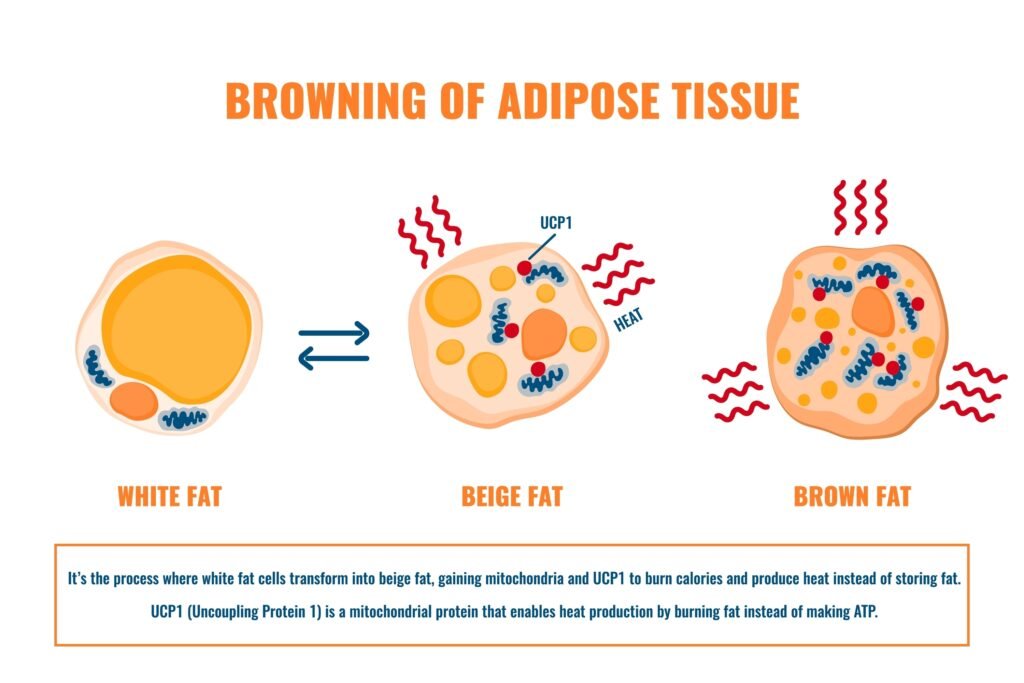
2️⃣ Your Body’s Energy System
The body stores energy in fat and glycogen. When calories from food aren’t enough, it burns stored energy — resulting in fat loss. That’s why consistent deficits lead to sustainable weight reduction.
Is Bigger Always Better? The Risks of Extreme Deficits
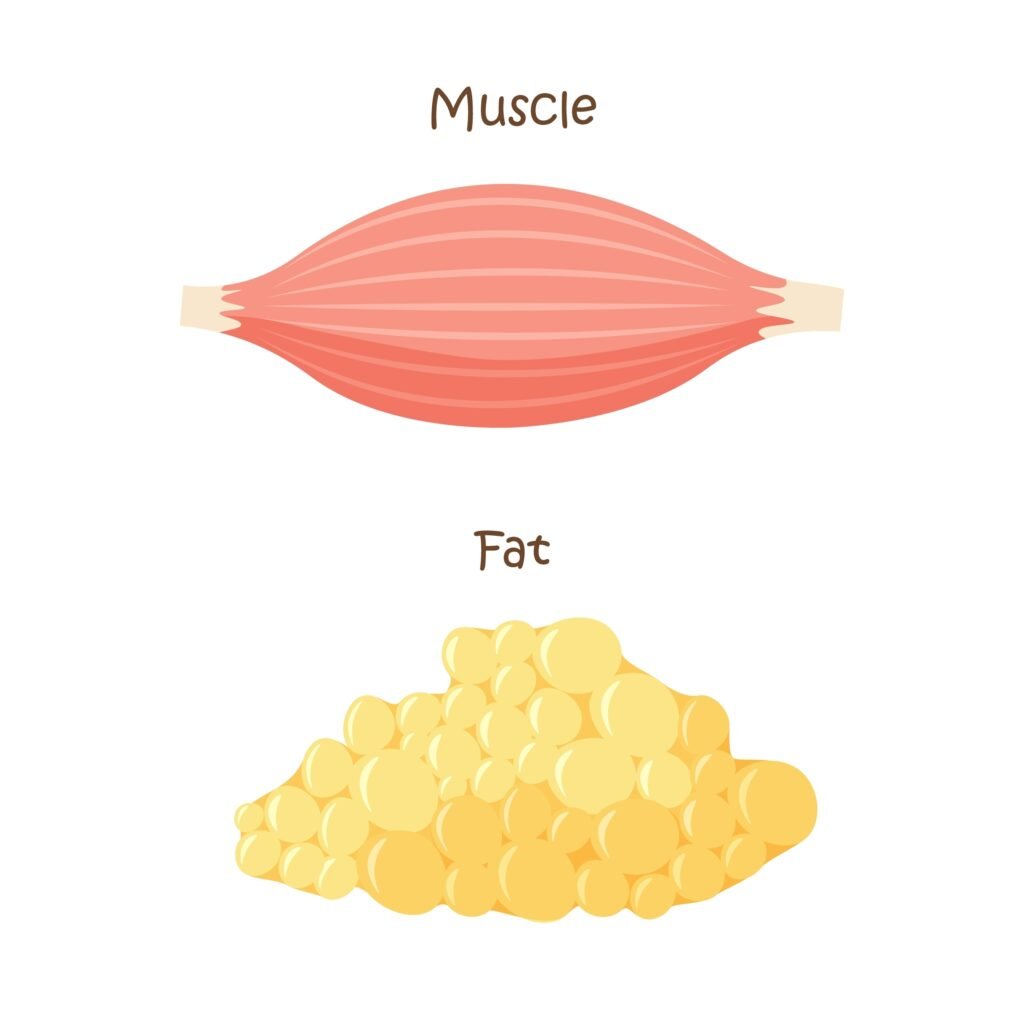
While large deficits may promise rapid results, they come at a cost. Excessive calorie restriction can cause muscle loss, slow metabolism, nutrient deficiencies, and rebound weight gain.
| Deficit Level | Description | Recommendation |
|---|---|---|
| Mild (250–500 kcal/day) | Gradual fat loss, preserves muscle | ✅ Ideal |
| Moderate (500–750 kcal/day) | Faster loss, increased fatigue risk | ⚠️ Caution |
| Extreme (1000+ kcal/day) | Starvation mode, health risks | ❌ Avoid |
How to Create a Calorie Deficit
🍽️ Reduce Calorie Intake
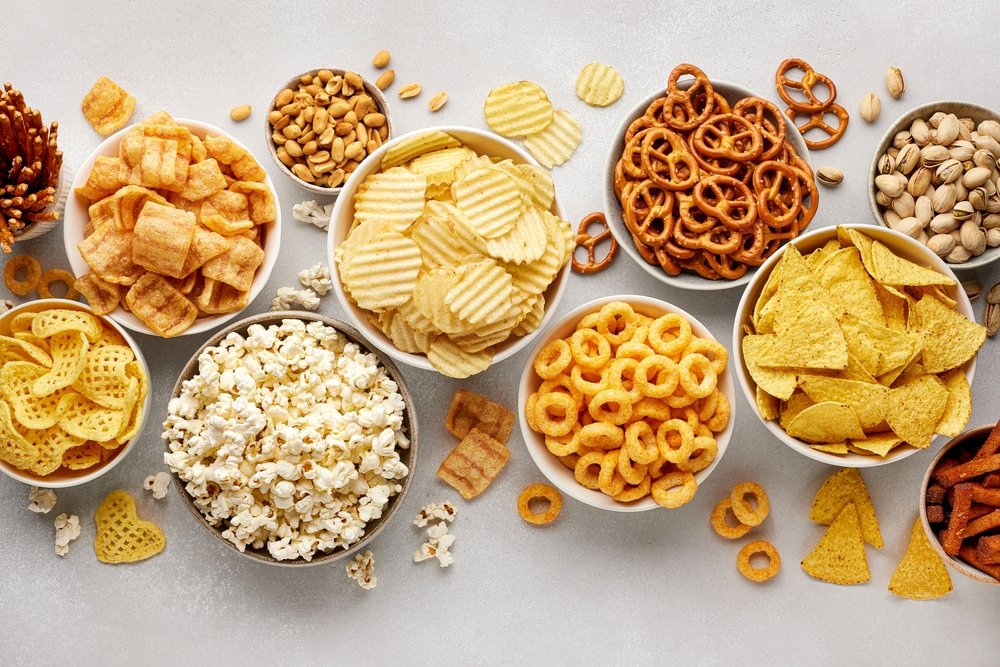
- Cut back on processed snacks and sugary drinks
- Focus on whole, nutrient-dense foods
- Track meals with apps like MyFitnessPal
🔥 Increase Energy Expenditure

- Add more daily movement: walking, stairs, stretching
- Incorporate cardio workouts (e.g. running, cycling)
- Strength training boosts muscle mass → higher metabolism
How to Calculate Your Deficit
✅ Step 1: Estimate Your Basal Metabolic Rate (BMR)
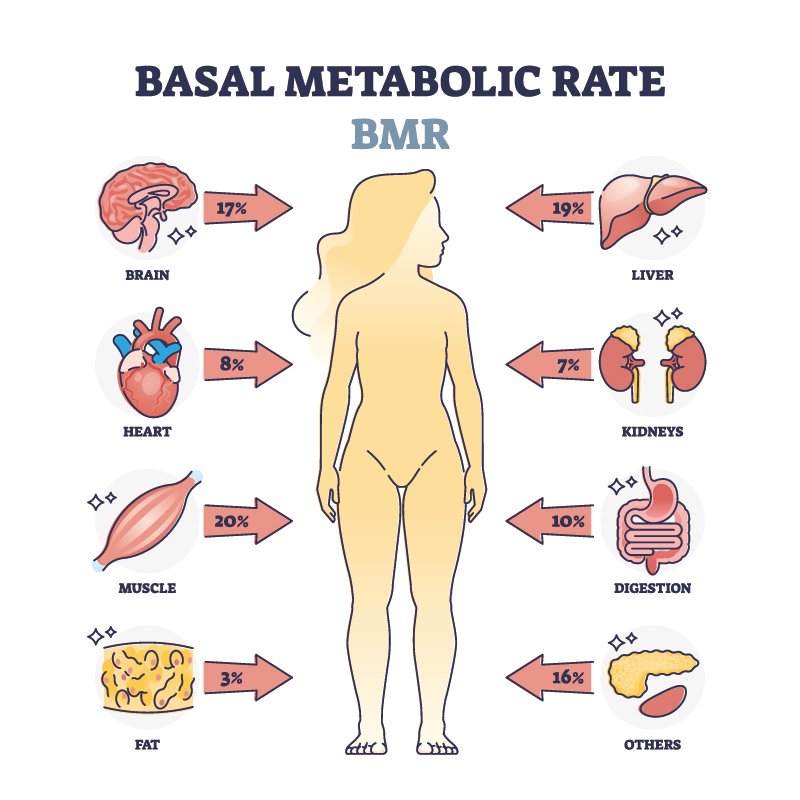
Use the Harris-Benedict equation:
Women : 655 + (9.6 × weight [kg]) + (1.8 × height [cm]) − (4.7 × age)
Men : 66 + (13.7 × weight [kg]) + (5 × height [cm]) − (6.8 × age)
Then multiply by your activity factor to get your Total Daily Energy Expenditure (TDEE).
🛠 Helpful Tools:
Tips for Maintaining a Healthy Deficit
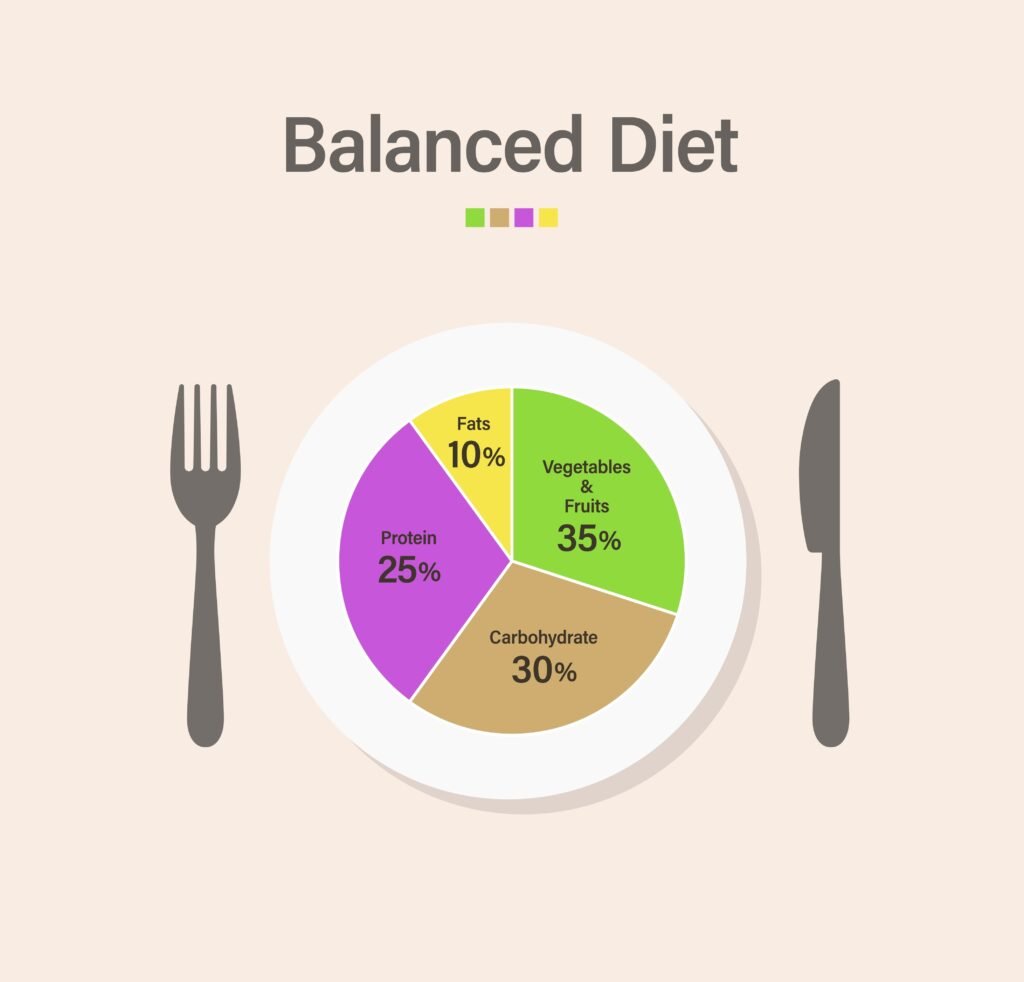
- Keep your daily deficit within 500 kcal for sustainable loss
- Eat enough protein to preserve lean muscle
- Stay hydrated
- Sleep at least 7 hours to regulate hunger hormones
- Include strength training 2–3 times per week
To summarize the contents : Consistency Over Perfection

A calorie deficit is the cornerstone of effective weight loss, but it’s not a crash course — it’s a long-term strategy. Forget starvation and drastic restrictions. Focus on small, sustainable changes that fit your lifestyle.
🔗 Continue Reading on GlowTrek:




Pingback: Intermittent Fasting: Benefits & How to Start Easily - GlowTrek